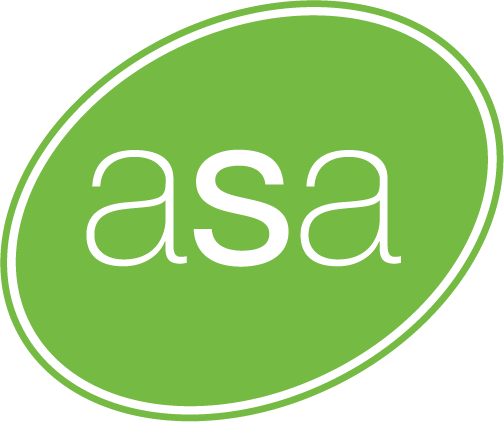About Sonography
Sonography, also known as diagnostic medical ultrasound, is a medical imaging technique that uses high-frequency sound waves to create images of the inside of the body. It's commonly used to view and monitor the health of organs, tissues, and pregnancy development. It's a non-invasive, safe, and widely employed diagnostic tool to assess various medical conditions without the need for radiation.
A sonographer is a healthcare professional who operates ultrasound equipment to produce the images of the inside of the body. They use a handheld device called a transducer to send and receive sound waves, producing real-time images that help diagnose and monitor medical conditions. Sonographers play a crucial role in assessing the structure of the body, looking for abnormalities and providing valuable information for medical assessment and diagnosis.
Sonography FAQs
Sonographers are highly skilled allied health professionals that perform comprehensive medical diagnostic ultrasound examinations on behalf of medical practitioners, supporting the diagnosis and management of a wide range of conditions from pregnancy to cancer.
Sonographers use ultrasound equipment to acquire, interpret and selectively record anatomical images, physical data, and real-time physiological information to detect and monitor healthcare conditions. Sonographers record representative images and/or real time clips, and prepare a summary of findings, so that an accurate diagnosis can be reported by a medical practitioner. A quality ultrasound examination depends on the competence and expertise of the sonographer.
Sonographers work in a variety of settings including hospitals, imaging practices, research institutes and mobile healthcare. They may work in the general discipline of medical ultrasound, or in a specific area of practice such as cardiac, vascular, or breast sonography – depending on their qualifications and accreditation. Sonographer-provided examinations are an essential function of many health care areas and departments, such as cardiology, obstetrics and gynaecology, vascular, musculoskeletal medicine, and radiology.
As at December 2024, there were 8,189 accredited medical sonographers in Australia listed on the Australian Sonographer Accreditation Registry; and in New Zealand there were 786 accredited sonographers registered with the Medical Radiation Technologists Board.
To practise in Australia or New Zealand, sonographers must complete an accredited post-graduate level course, including a comprehensive clinical training program. Courses can be undertaken in general sonography, or a discipline-specific area such as cardiac or vascular sonography.Most accredited courses are only offered at a postgraduate level and require another health or science undergraduate qualification. A limited number of undergraduate entry courses are also available.
In Australia, to perform medical ultrasound examinations on behalf of a medical practitioner under Medicare, sonographers need to hold and maintain annual accreditation with the Australian Sonographer Accreditation Registry (ASAR).
To work in New Zealand, sonographers must be registered with the Medical Radiation Technologists Board (MRTB) and hold a current Annual Practising Certificate (APC).
Overseas trained sonographers will first need to have their education and clinical experience assessed and certified before being able to apply. This is done through the Australian Society of Medical Imaging and Radiation Therapy (ASMIRT) in Australia, and the Medical Radiation Technologists Board (MRTB) in New Zealand.
-
Ultrasound is the most highly utilised diagnostic imaging service in Australia.
-
Around 80% of sonographers are female.
-
Most sonographers work in private community or hospital clinics; with only one quarter working in public hospital departments.
-
Around three-quarters of sonographers work in clinical roles. The remainder work in supervisory, managerial, or senior roles; with a small number working in education and academic roles.
-
Around 60% of sonographers work in part-time or casual positions, with only 40% working full-time.
-
In Australia most sonographers are domestically trained, while New Zealand around 40% of imaging practitioners are trained overseas.
-
Most employers believe there is currently a national shortage of sonographers; with many estimating an undersupply of 15-20% or more.
For more information on the sonography profession please email policy@sonographers.org
